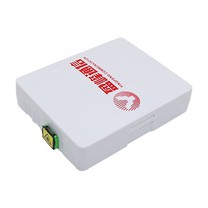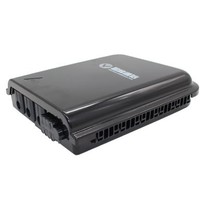
Single-mode fiber and multimode fiber optic cable Multimode fiber are two common fiber optic transmission media, which differ in transmission performance and application.
The main differences are as follows:
1. Transmission distance: single-mode fiber optic cable can be transmitted over a longer distance, usually up to tens of kilometers or even hundreds of kilometers, while the transmission distance of the multimode fiber optic cable is shorter, generally in the range of a few hundred meters to a few thousand meters.
2. Fiber core diameter: single-mode fiber optic cable fiber core diameter is small, usually 9/125 micron (said core diameter of 9 microns, cladding diameter of 125 microns), while the multi-mode fiber optic cable fiber core diameter is larger, common specifications are 50/125 micron and 62.5/125 micron.
3. Transmission mode: single-mode fiber optic cable only supports a single transmission mode, that is, the optical signal to a single light wave mode along the optical fiber transmission, while multi-mode fiber optic cable supports multiple transmission modes, that is, the optical signal to a number of light wave modes at the same time transmission.
4. Transmission bandwidth: Due to the large diameter of the fiber core of the multimode fiber optic cable, different light wave modes will propagate at different speeds during transmission, resulting in lower transmission bandwidth of the multimode fiber optic cable. In contrast, single-mode fiber optic cables have a higher transmission bandwidth because they support only a single mode of transmission.
It is important to choose the right type of fiber optic cable based on the specific application requirements and transmission distance. Single-mode fiber optic cables are usually used for long-distance transmission, high-speed data transmission and long-distance communication, such as fiber optic backbone networks; multi-mode fiber optic cables are suitable for short-distance transmission and local area networks and other scenarios.






